Narrowcasting for Train stations
Narrowcasting was a phrase I had never heard of before. After some initial research I discovered that Narrowcasting has traditionally been understood as the dissemination of information (usually by radio or television) to a narrow audience, not to the general public. Some forms of narrowcasting involve directional signals or use of encryption. In the context of advertising out with the home, this term often refers to the display of content on a digital signage network.
Narrowcasting involves aiming media messages at specific segments of the public defined by values, preferences, or demographic attributes. I suppose it could be likened to niche marketing or target marketing. Narrowcasting is based on the idea that mass audiences do not exist. An example of narrowcasting in this context is the installation of the 'Cabvision' network in the black cabs of London which shows limited pre-recorded television programs interspersed with targeted advertising to passengers.
Narrowcasting is also sometimes applied to podcasting, since the audience for a podcast is often specific and sharply defined.
- Narrowcasting is a form of broadcasting, if the latter term is understood as the "wide dissemination of content through mechanical or electronic media" as defined by Dr. Jonathan Sterne
Marketing experts are often interested in narrowcast media, since access to such content implies exposure to a specific and clearly defined prospective consumer audience.
Design Thinkers have been asked to research the issue of narrowcasting within the train stations of Holland. So we have to learn about the programs that are made for shops/ areas and little networks within the train stations. A previous project involving Narrowcasting for Schipol Station focused on providing the viewer with security, advice and mood clips.
To acheive successful narrow casting we must truly understand the experience of the train stations from a travellers point of view. As I am visiting Amsterdam for the second time, I am very new to their transportation system and I cannot speak dutch. Therefore I am able to document the experience from the point of view of a traveller.
We need to find out what time passengers are open for different kinds of information? What information do they need and at what time? Is it a positive thing to provide information in this context? Is it going to add value to the experience? Do people want it?
From experience, when I travel at airports I do not want to be 'amused' or 'shop'. I want very friendly people to help me when I need it and I want to know all the information invailable about my flight and I want to get to the gate. Arriving safely at the gate is when I relax and begin to look around me for 'entertainment'. But what would I want to see...weather? info on my destination?
I think this idea may also be compared to the the environment in Disney World in Florida. People often find themselves waiting in an extremely long que, in very warm conditions, surrounded in lots of over excited children ( and adults :) The clever thinkers at Disney World design the structures of the ques in such a way that you are always moving and cannot clearly see how many people are in front of you. Just as you start to get restless you find yourself standing below a screen playing a short clip or music related to the ride. The clips often encourage you to reapply sun cream and drink lots of water, advice people need in those conditions! This is the kind of narrowcasting that is needed and works!
I plan to dedicate a day to travelling to and from the various stations within Amsterdam and documenting my emotional and physical journey...



